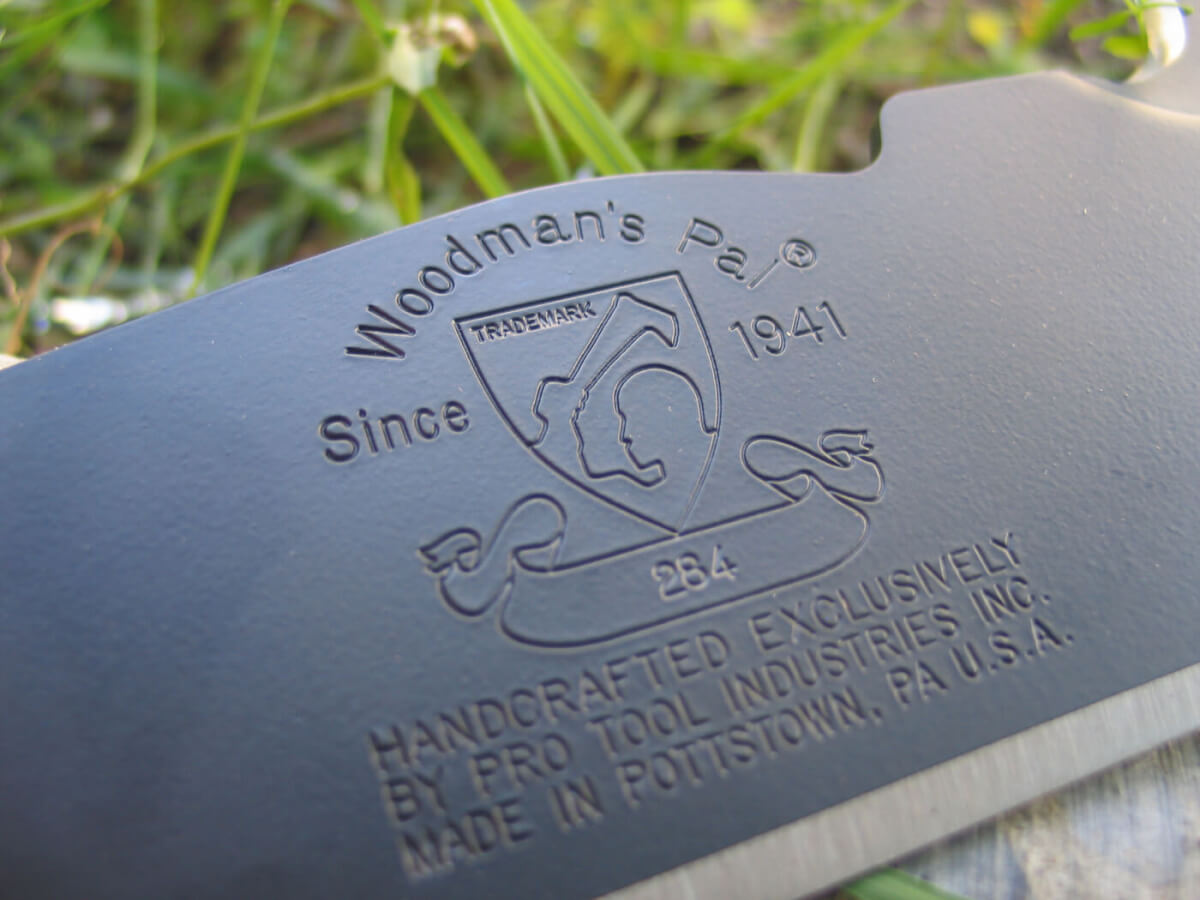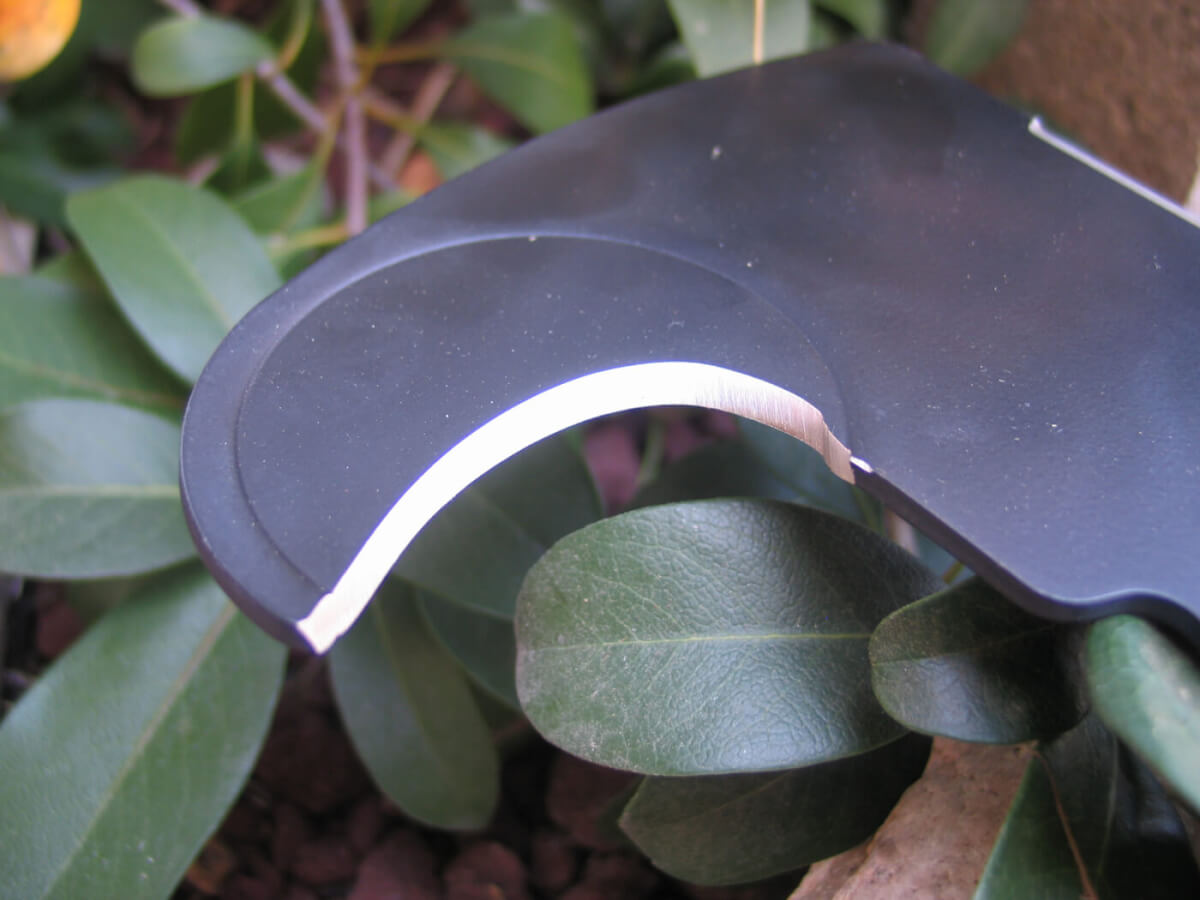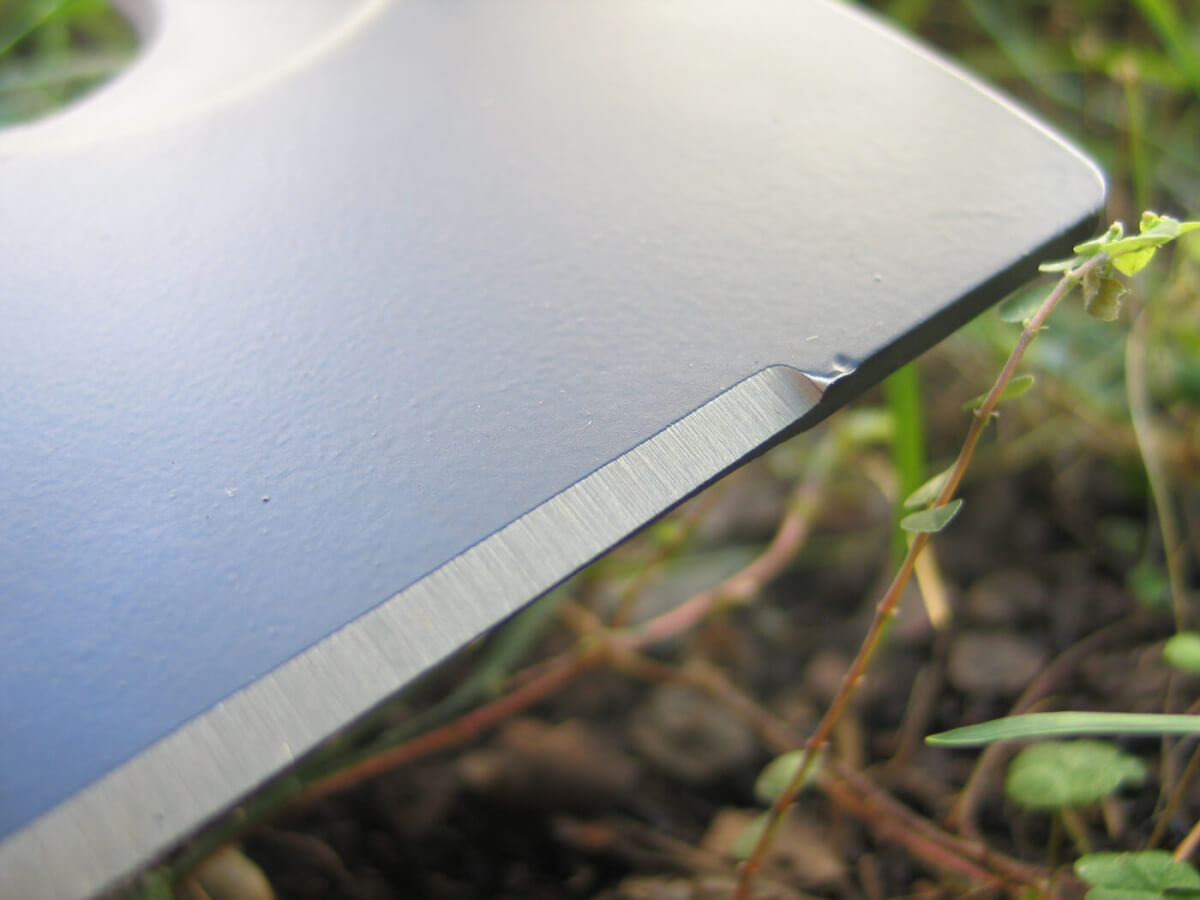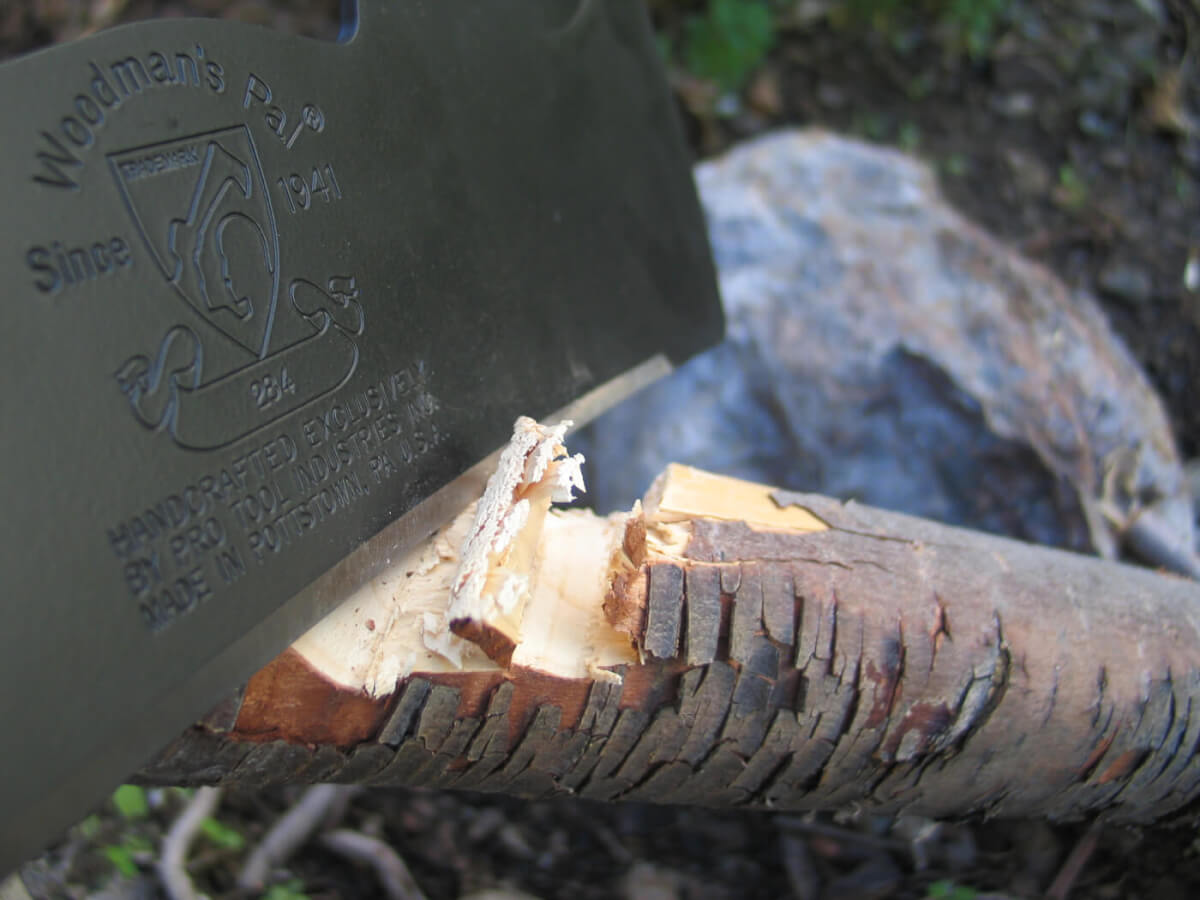Life among the rolling hills of Boyertown, Penn., in the 1940s was tranquil, industrious, and a little rugged. This is the home of Pro Tool Industries and the Woodman’s Pal, an imposing device that slashes like a machete, hacks like an axe, digs like a trowel, and, thanks to its sharpened curved sickle hock on the end, extends its cutting reach well above most single-blade machetes.

At 17 inches in overall length and nearly two pounds, the Woodman’s Pal is a solidly made tool that has literally stood the test of time, from its service in the foxholes during World War II to countless uses on the farm and in backcountry. Around camp or in the back 40, the Woodman’s Pal is indispensible when it comes to removing brush, clearing an area for a fire pit (It’s a shovel, too.), or general maintenance on the trail. It cuts brush, vines, briars, and branches larger than you would think it could handle and thanks to the hock, it can do it in both directions. The hock reaches down to cut the base of the bush towards you, while the blunt “bullnose” protects the end from dirt and rocks.
The 1/8-inch-thick, cold rolled steel blade edge is not flat ground, but actually convex. This double profile blade (with a Rockwell hardness of 47) maximizes the steel’s durability and power without chipping. The finish is a highly durable, resin-bonded fluorocarbon coating, which prevents corrosion on the non-ground surfaces.
The 5-inch leather grips of models 284 (shown) and 784 (the 481s and 145s have grips made from ash wood) are thin but comfortable, providing a smooth grip that won’t slip in wet environments. The impact of the first couple of swings against a hard object, such as a branch, is felt all the way up the arm as there’s not a lot of cushion in the grip. Known as “impact fatigue,” that vibration is avoided when you get used to using the tool properly by merely loosening your grip right before impact.
The Woodman’s Pal acts as an extension of your arm because the science of tool design revealed that a swinging tool about the same length of a man’s forearm feels the most comfortable and natural. Another part of the design is the axis of balance that runs from the outside tip of the hand guard to the sickle’s edge. It provides more momentum and accurate control of the blade during striking.
Source:
MSRP: $79.95
Editor’s note: A version of this article first appeared in the January 2015 print issue of American Survival Guide.





